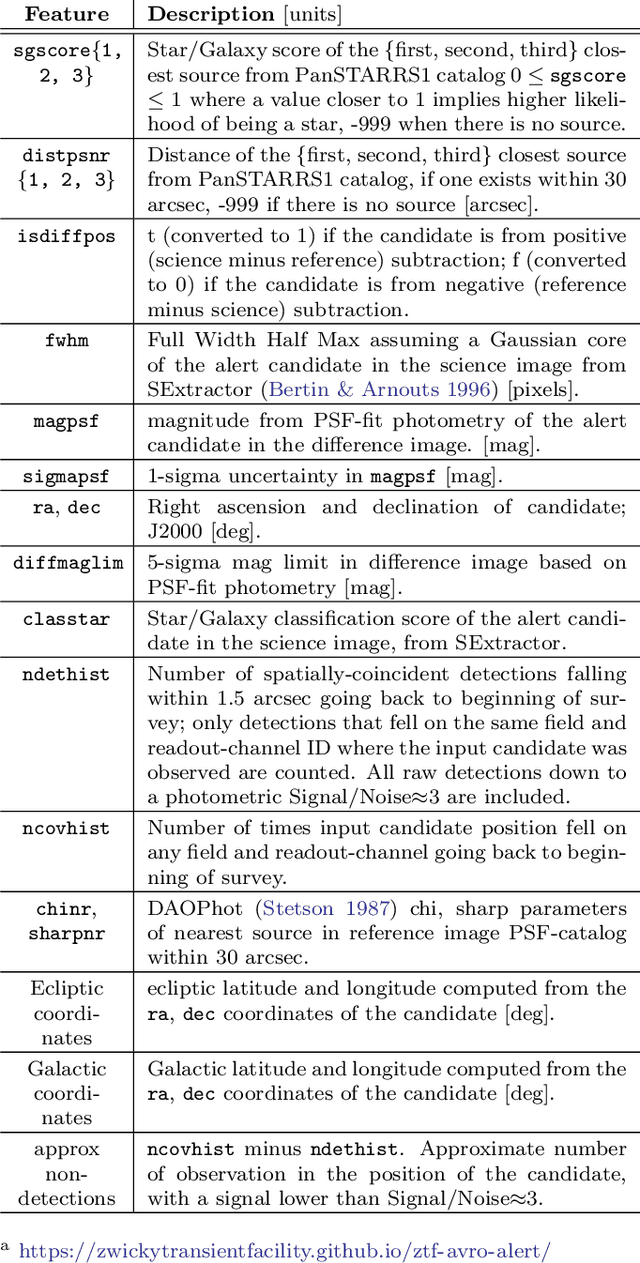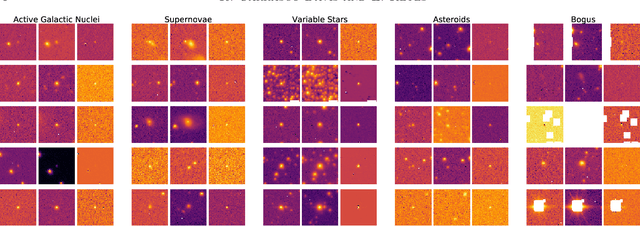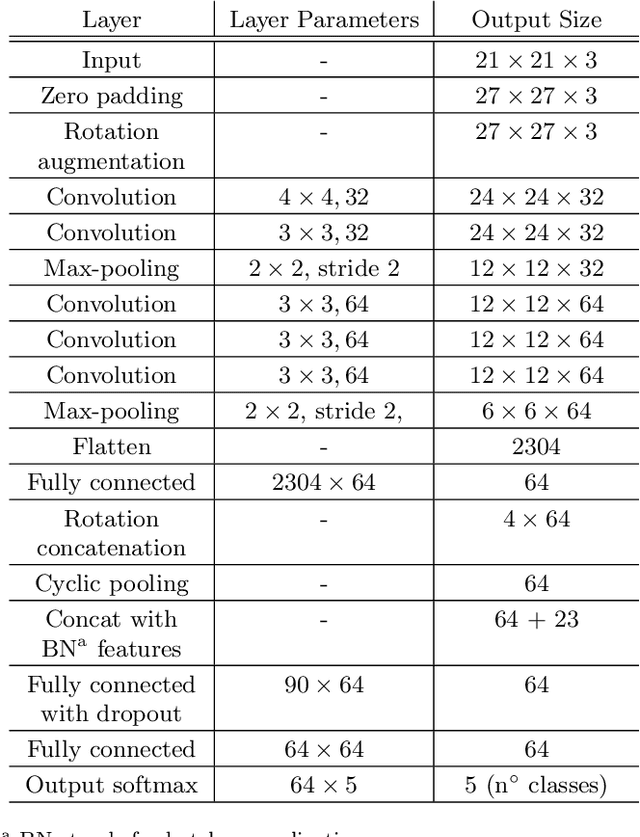Rodrigo Carrasco-Davis
Meta-Learning Strategies through Value Maximization in Neural Networks
Oct 30, 2023



Abstract:Biological and artificial learning agents face numerous choices about how to learn, ranging from hyperparameter selection to aspects of task distributions like curricula. Understanding how to make these meta-learning choices could offer normative accounts of cognitive control functions in biological learners and improve engineered systems. Yet optimal strategies remain challenging to compute in modern deep networks due to the complexity of optimizing through the entire learning process. Here we theoretically investigate optimal strategies in a tractable setting. We present a learning effort framework capable of efficiently optimizing control signals on a fully normative objective: discounted cumulative performance throughout learning. We obtain computational tractability by using average dynamical equations for gradient descent, available for simple neural network architectures. Our framework accommodates a range of meta-learning and automatic curriculum learning methods in a unified normative setting. We apply this framework to investigate the effect of approximations in common meta-learning algorithms; infer aspects of optimal curricula; and compute optimal neuronal resource allocation in a continual learning setting. Across settings, we find that control effort is most beneficial when applied to easier aspects of a task early in learning; followed by sustained effort on harder aspects. Overall, the learning effort framework provides a tractable theoretical test bed to study normative benefits of interventions in a variety of learning systems, as well as a formal account of optimal cognitive control strategies over learning trajectories posited by established theories in cognitive neuroscience.
Alert Classification for the ALeRCE Broker System: The Real-time Stamp Classifier
Aug 07, 2020



Abstract:We present a real-time stamp classifier of astronomical events for the ALeRCE (Automatic Learning for the Rapid Classification of Events) broker. The classifier is based on a convolutional neural network with an architecture designed to exploit rotational invariance of the images, and trained on alerts ingested from the Zwicky Transient Facility (ZTF). Using only the \textit{science, reference} and \textit{difference} images of the first detection as inputs, along with the metadata of the alert as features, the classifier is able to correctly classify alerts from active galactic nuclei, supernovae (SNe), variable stars, asteroids and bogus classes, with high accuracy ($\sim$94\%) in a balanced test set. In order to find and analyze SN candidates selected by our classifier from the ZTF alert stream, we designed and deployed a visualization tool called SN Hunter, where relevant information about each possible SN is displayed for the experts to choose among candidates to report to the Transient Name Server database. We have reported 3060 SN candidates to date (9.2 candidates per day on average), of which 394 have been confirmed spectroscopically. Our ability to report objects using only a single detection means that 92\% of the reported SNe occurred within one day after the first detection. ALeRCE has only reported candidates not otherwise detected or selected by other groups, therefore adding new early transients to the bulk of objects available for early follow-up. Our work represents an important milestone toward rapid alert classifications with the next generation of large etendue telescopes, such as the Vera C. Rubin Observatory's Legacy Survey of Space and Time.
 Add to Chrome
Add to Chrome Add to Firefox
Add to Firefox Add to Edge
Add to Edge